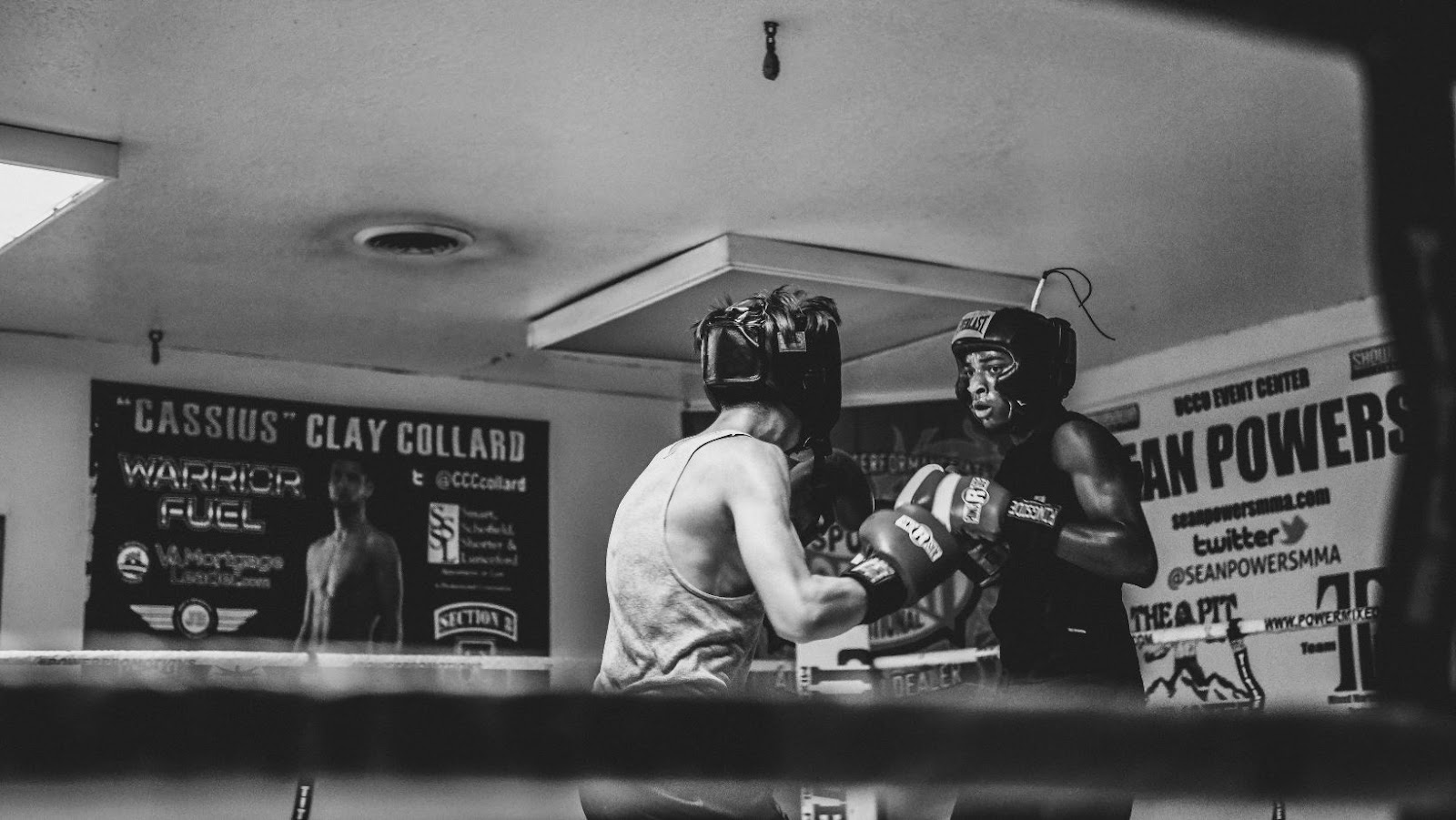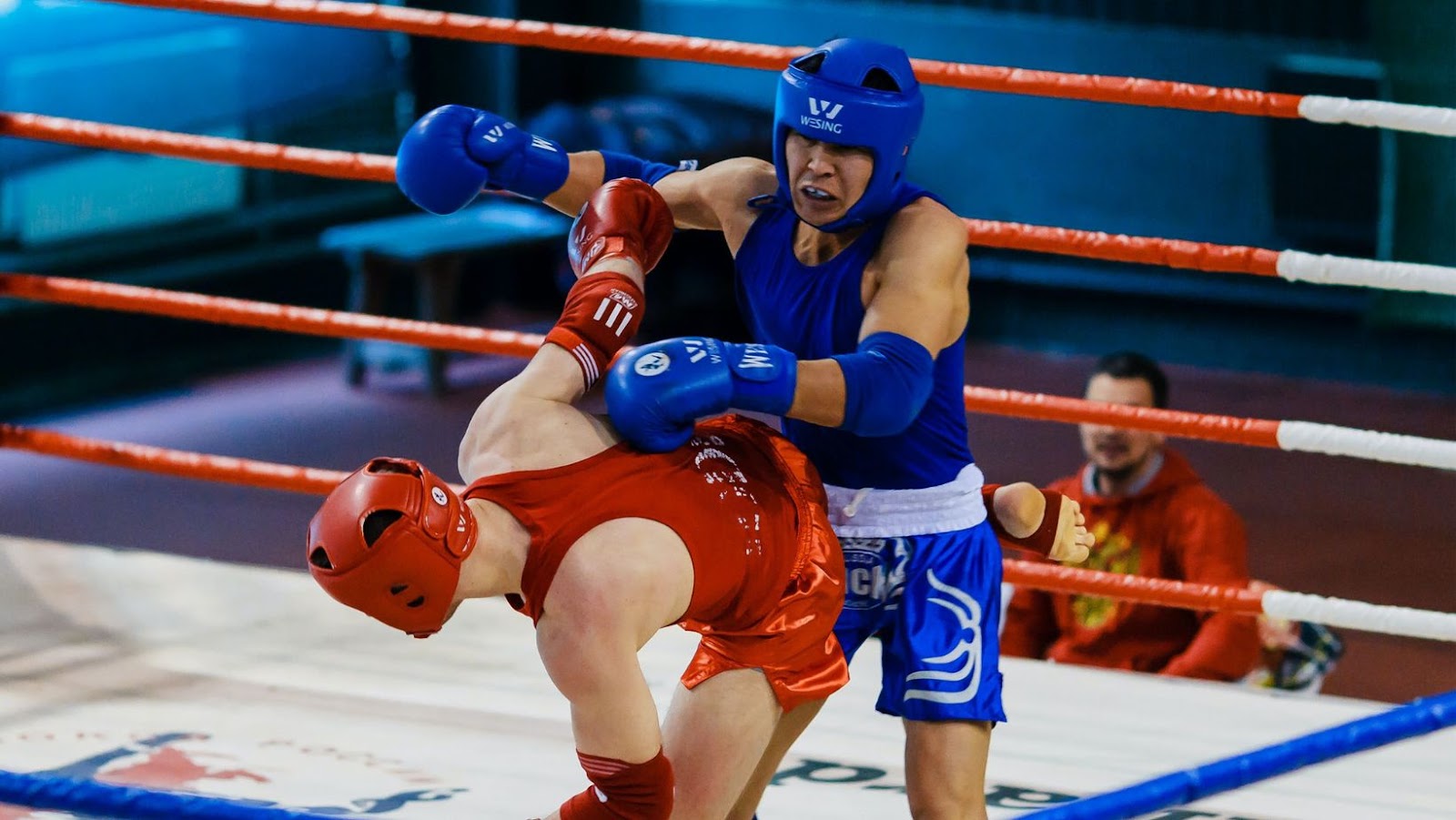Professional boxing is a sport where two opponents fight each other using their fists in a series of rounds. The winner is determined by either the referee stopping the fight, the fighter’s corner throwing in the towel, or if the fighter is unable to continue fighting.
There are many different professional boxing leagues around the world, each with their own rules and regulations. Some of the most popular professional boxing leagues include the Ultimate Fighting Championship (UFC), Bellator MMA, and Glory.
The Different Types of Boxing Leagues
Professional boxing is divided up into different levels or organizations. The main ones are the International Boxing Organization (IBO), The World Boxing Association (WBA), The International Boxing Federation (IBF), and The World Boxing Council (WBC).
What is the Professional Boxing League Called
The Professional Boxing League (PBL) is the leading governing body for professional boxing in the United States. It was formed in 2014 with the merger of the International Boxing Association (IBA) and the National Boxing Association (NBA). The PBL sanctions all professional boxing matches in the country and is responsible for setting safety standards and regulating training methods.
The Amateur Boxing League
The Amateur Boxing League is a nonprofit athletic organization that is the largest sanctioning body for amateur boxing in the United States. The ABL is a member of USA Boxing, which is the national governing body for Olympic-style boxing. The ABL sanctions fights for both male and female boxers in all weight classes, from 106 lb (48 kg) to heavyweight (200+ lb or 91+ kg).
The Youth Boxing League
The Youth Boxing League is a professional boxing league that is open to boxers who are aged 16 and under. The league was founded in 2006, and it is currently made up of eight different weight classes.
The Different Levels of Boxing Leagues
There are four main levels of professional boxing. They are super welterweight, welterweight, lightweight, and featherweight. These are the different levels of boxing leagues.

The Local Boxing League
The local boxing league is where most amateur boxers start their careers. The level of competition is usually not very high, but it can vary from region to region. There are usually no age limits or weight limits in the local boxing league. This is where you will find the widest variety of opponents to fight.
The regional boxing league is the next step up from the local league. The level of competition is usually higher, and there are often age and weight limits in place. This is where most amateur boxers will spend their careers.
The national boxing league is the top level of amateur boxing in most countries. The level of competition is very high, and there are often strict age and weight limits in place. Only the best amateur boxers compete at this level.
The National Boxing League
The National Boxing League is the largest professional boxing league in the United States. It is made up of 30 teams from across the country, with each team representing a different city or region. The league is divided into two conferences, the Eastern Conference and the Western Conference. Each conference is further divided into three divisions, North, South, and Central.
The International Boxing League
The International Boxing League is the highest level of professional boxing. It is made up of four regional circuits, each of which has its own championship. The four regional circuits are the Americas, Europe, Asia, and Africa.
The Different Sanctioning Bodies of Boxing Leagues
There are four main sanctioning bodies in professional boxing, each with their own set of rules and regulations. These sanctioning bodies are the World Boxing Association (WBA), the International Boxing Federation (IBF), the World Boxing Council (WBC), and the World Boxing Organization (WBO).
The World Boxing Council
The World Boxing Council (WBC) is one of the four major sanctioning bodies in professional boxing, and has been since it was formed in 1963. The other sanctioning bodies recognized by the International Boxing Hall of Fame are the World Boxing Association (WBA), founded in 1921; the International Boxing Federation (IBF), also founded in 1976; and the World Boxing Organization (WBO), which resulted from a 1988 split of the WBA. There are also lesser-known regional organizations such as the North American Boxing Federation (NABF).
The International Boxing Federation
The International Boxing Federation (IBF) is one of the four major sanctioning bodies in professional boxing, and is based in the United States. It was originally formed in 1976 as a breakaway group from the World Boxing Association (WBA).

The IBF’s first world champion was Larry Holmes, who won the heavyweight title in 1983. Since then, the IBF has been home to many of boxing’s most iconic moments and champions, such as Mike Tyson, Evander Holyfield, Oscar De La Hoya, Floyd Mayweather Jr., Manny Pacquiao, and recent stars like Gennady Golovkin and Canelo Alvarez.
Today, the IBF is one of the most respected boxing organizations in the world, and its championships are highly coveted by fighters and fans alike.
The World Boxing Association
The World Boxing Association (WBA), originally named the National Boxing Association (NBA), is the oldest and one of four major sanctioning bodies in professional boxing, and one of the two original boxing organizations that approved the weight classes in use today. It was named the National Boxing Association when formed in 1921 by ten promoters after Jack Dempsey declined to fight for their title when it was vacated by World War I. When Dempsey finally agreed to fight in1920, his win over Jess Willard was recognized as a world heavyweight championship event. The NBA then decided to recognize cases where vacant titles were contested between 1920 and 1922, recognizing various claimants until a unified champion could be crowned. The first champion it recognized was heavyweight Jack Dempsey in 1919.
In August 1983, as a result of a split between the WBA and another important sanctioning body, the International Boxing Federation (IBF), the WBA started recognizing separate world champions in each weight class.
Conclusion
The professional boxing league you choose will likely depend on your style, region, and weight class. You may also want to consider the size of the promotion and the reputation of the organization. The four most well-known pro boxing leagues are the UFC, Bellator, ONE Championship, and PBC.
